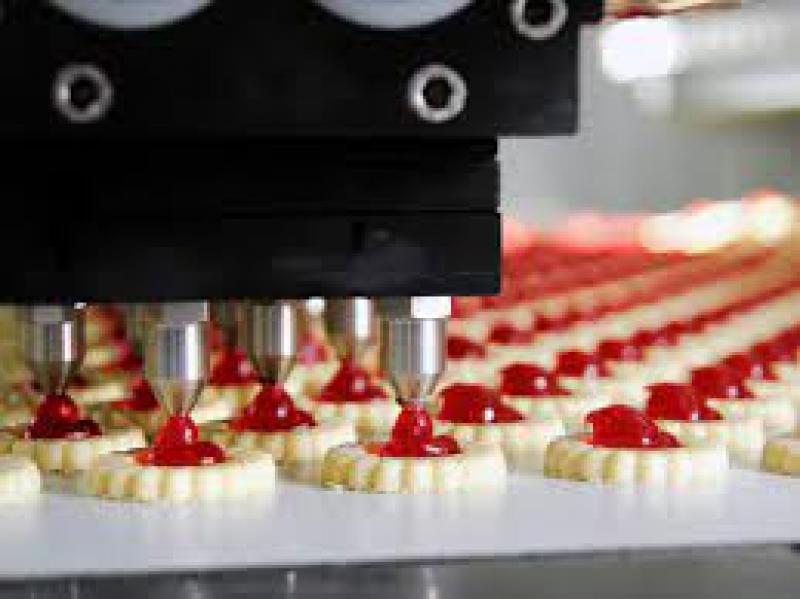In the era of rapid technological advancement, even the culinary world is experiencing a transformative shift with the rise of food automation. The convergence of technology and food is not just limited to the convenience of ordering meals online or using smart kitchen appliances; it's now extending to automated cooking processes and even robotic chefs. This evolving landscape presents a plethora of opportunities and challenges for both consumers and the food industry.
The food automation market is expanding at an unprecedented rate, driven by the demand for efficiency, consistency, and convenience. Automated cooking systems, such as robotic arms and smart ovens, are being employed in commercial kitchens to streamline repetitive tasks, enhance precision, and reduce labor costs. These technologies not only ensure that dishes are prepared consistently to perfection but also free up chefs' time, allowing them to focus on more creative aspects of cooking. From fast-food chains to high-end restaurants, automation is reshaping the culinary landscape by redefining the roles of chefs and kitchen staff.
However, as the world of food automation advances, it also raises questions about the authenticity of culinary experiences and the preservation of traditional cooking techniques. The artistry and spontaneity associated with cooking can sometimes be compromised when algorithms and machines take over. Striking the right balance between technological innovation and culinary craftsmanship is crucial to maintain the soul of gastronomy. Additionally, concerns about job displacement in the culinary industry due to automation need to be addressed. While automation can enhance efficiency, it's important to explore avenues where human expertise can complement technology to create truly exceptional dining experiences.
